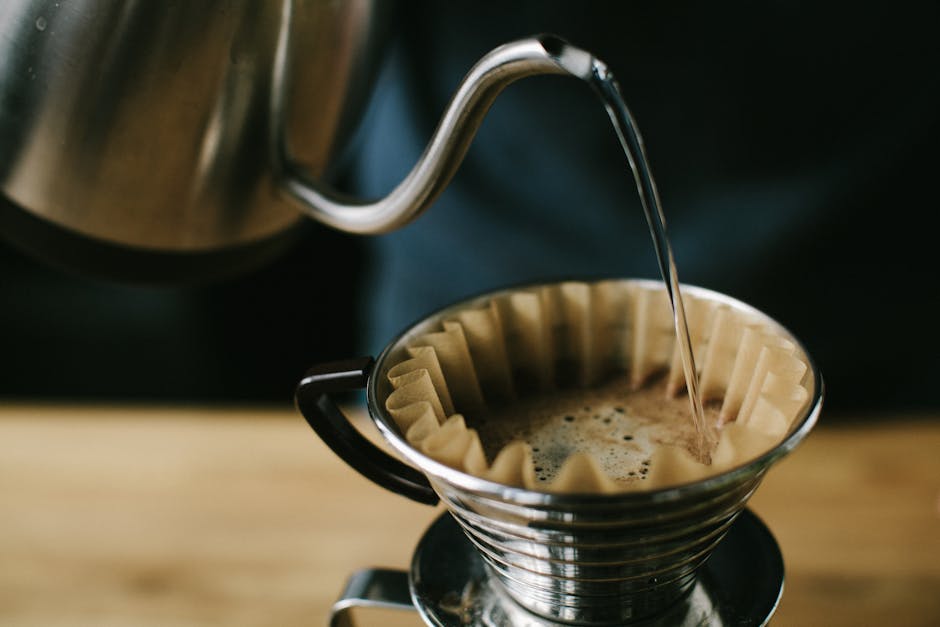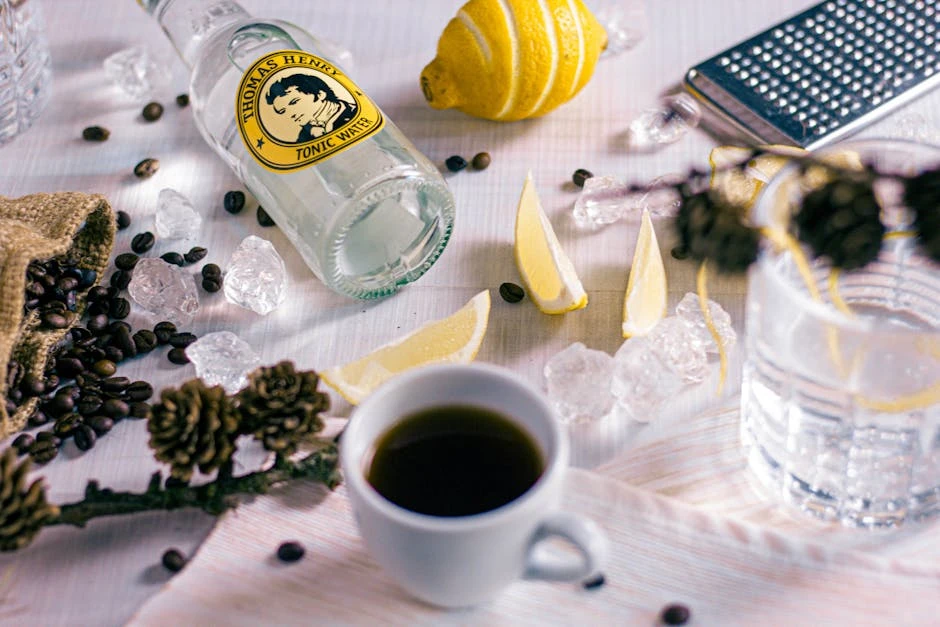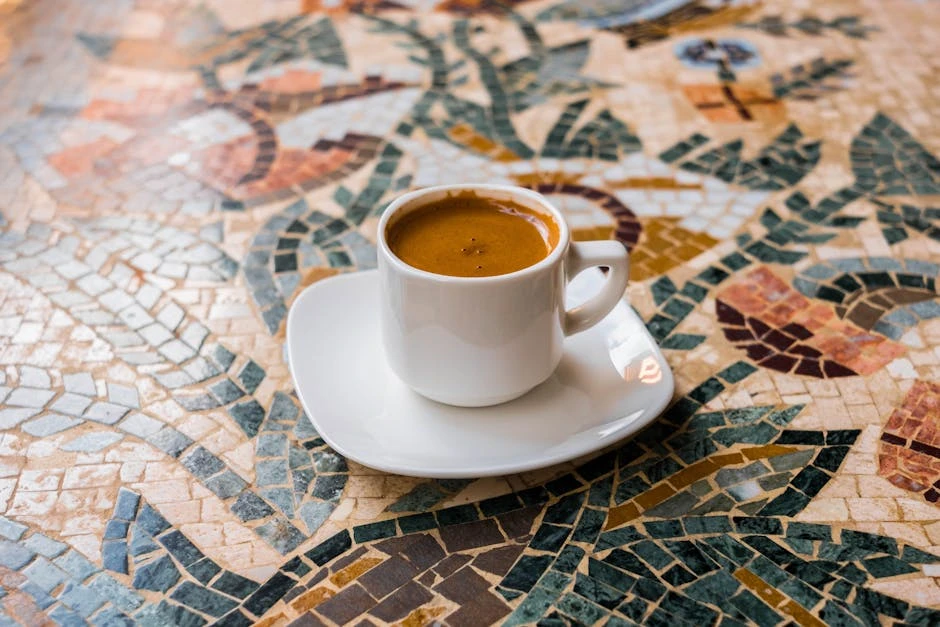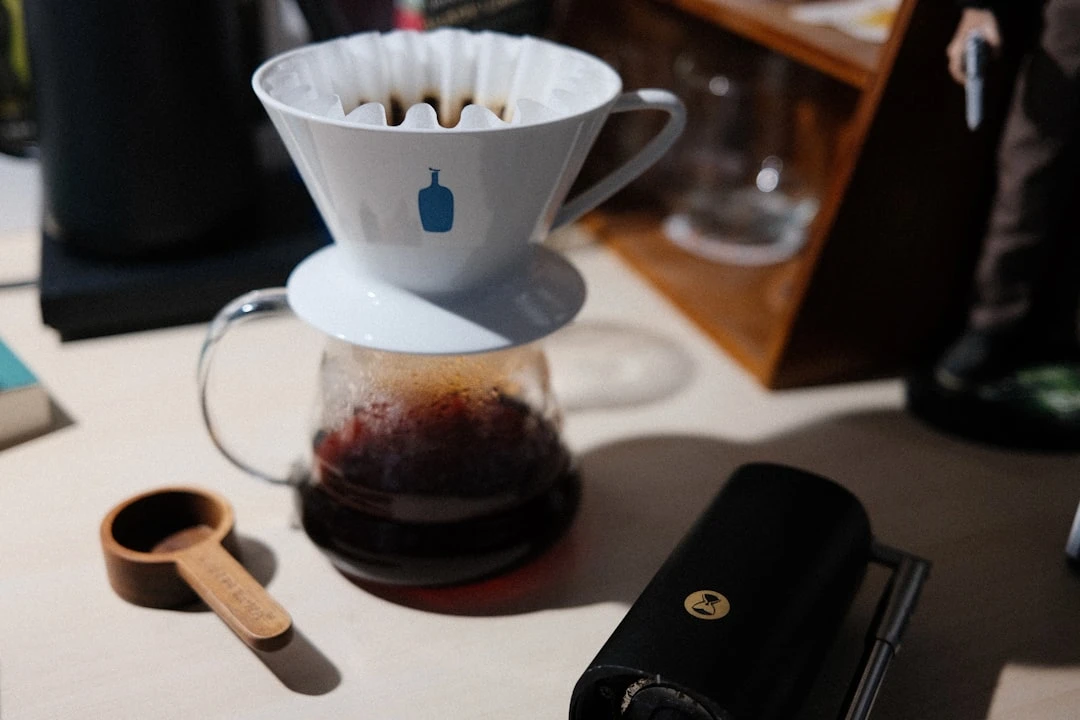French Press vs Pour-Over: Which Makes Better Coffee?

Last January, I got tired of the endless online debates about which coffee brewing method was "superior." You know the arguments – French press fans swearing by full-bodied flavor, pour over enthusiasts preaching about clarity and control. Instead of picking a side based on coffee shop snobbery, I decided to conduct my own experiment.
For six months, I alternated between French press and pour over every single morning, using the same beans, the same grind size adjustments, and keeping detailed notes like some kind of caffeinated scientist. I tracked everything from taste and convenience to cost and cleanup time. Some days I loved the ritual, other days I just wanted my damn coffee!
What I discovered surprised me and completely changed how I think about coffee brewing. Spoiler alert: there's no universal "winner," but there's definitely a method that'll work better for your specific situation and taste preferences.
The Great Coffee Experiment: Why I Compared Both Methods
My coffee obsession started innocently enough with a basic drip machine, but like most coffee lovers, I eventually got curious about manual brewing methods. I'd been using a French press for about two years when I kept hearing pour-over enthusiasts talk about "cleaner" flavors and better extraction control.
The problem was, every comparison I found online felt biased toward whatever method the writer preferred. Coffee forums are brutal – mention you like French press and someone will lecture you about over-extraction. Say you prefer pour over and you'll get accused of being pretentious. I wanted real, practical answers.
So I set up what I called my "morning coffee laboratory." Same coffee beans (I used a medium roast Colombian throughout the experiment), same water (filtered tap), same kitchen scale for measuring. I alternated methods daily and kept a simple notebook rating each cup on taste, convenience, and how I felt about the overall experience. My family thought I'd lost it, but hey, someone had to settle this scientifically!
The goal wasn't to prove one method was universally better, but to understand when and why each method shines. After 180 cups of coffee (90 French press, 90 pour over), I had some pretty clear insights.
French Press: The Good, Bad, and Caffeinated
French press brewing is beautifully simple – coarse grounds steep in hot water for four minutes, then you press a plunger to separate the coffee from the grounds. No filters, no fancy equipment, just coffee and time. During my experiment, this simplicity became both a blessing and a curse.
The biggest advantage I discovered was consistency. Once I dialed in my ratio (about 1:15 coffee to water), I could make the same cup every single day without thinking. There's something satisfying about a brewing method that doesn't require your full attention at 6 AM. I could start the steep, feed the cat, check emails, and come back to press the plunger.
French press coffee has this full-bodied richness that's hard to replicate with other methods. The metal mesh filter lets coffee oils pass through, creating what I started calling "chewy" coffee – you can almost taste the texture. When I used darker roasts during my experiment, French press really made those bold, roasted flavors pop.
But here's what surprised me: French press coffee gets bitter faster than I expected. Those same oils that create richness can turn harsh if you let the coffee sit too long. I learned to drink it within 30 minutes or transfer it to a thermal carafe. Also, despite my best efforts, I always ended up with some sediment at the bottom of my cup. Not a deal-breaker, but worth noting if you're picky about texture.
The cleanup was easier than I anticipated. Dump the grounds, rinse the carafe, and you're done. Though I did learn to clean that mesh filter thoroughly – coffee oils build up and can make your next batch taste funky.
Pour Over Coffee: My Detailed Experience
Pour-over brewing felt like learning a new skill. Unlike French Press, where timing is everything, pour-over requires active participation throughout the entire process. You're controlling water flow, pour pattern, and timing simultaneously. Some mornings this felt meditative; other mornings it felt like work.
The equipment variety was overwhelming at first. V60, Chemex, Kalita Wave – each dripper promised slightly different results. I settled on a V60 for most of my experiment because it was affordable and widely recommended. The paper filters were an ongoing expense I hadn't considered, but they're pretty cheap in bulk.
What blew me away was the clarity of flavor I got with pour-over. Using the same beans that produced rich, heavy cups in my French press, pour-over highlighted subtle notes I'd never noticed. Fruity Ethiopian beans tasted like actual fruit, not just "coffee with fruit notes." The paper filter removes oils and fine particles, creating what I can only describe as "clean" coffee.
The bloom phase became my favorite part of the process. Watching freshly ground coffee puff up as you wet it with hot water never got old. It's like proof that you're working with good, fresh beans. Plus, the ritual aspect grew on me – there's something calming about the focused attention pour-over requires.
But consistency was my biggest challenge. Small changes in grind size, pour speed, or water temperature noticeably affected the final cup. I had to accept that some days would be better than others, and that perfectionism would drive me crazy. Also, making coffee for more than two people with pour-over is tedious. When my in-laws visited, I definitely missed the batch brewing capability of French Press.
Taste Test Results: Which Actually Tastes Better?
This was the question I most wanted to answer, and honestly, it took months to develop a clear preference. Both methods can make excellent coffee, but they highlight different aspects of the same beans.
French press consistently produced bold, full-bodied cups with pronounced flavors. Dark roasts tasted chocolatey and rich, while lighter roasts had this satisfying weight that filled your mouth. The oils and fine particles create what coffee nerds call "mouthfeel" – your coffee has texture beyond just liquid.
Pour over delivered bright, articulate flavors that made me actually understand those fancy-tasting notes on coffee bags. The same Colombian beans that generally tasted "coffee-like" in my French press revealed notes of caramel and orange when brewed with pour-over. It was like switching from standard definition to HD TV.
For single-origin specialty coffees, pour-over was the clear winner. Those expensive beans with unique flavor profiles really shine when you can taste all their complexity. But for everyday drinking and coffee blends, French press provided more satisfying, comfort-food-like cups that paired better with breakfast and morning routines.
Temperature retention was interesting too. French press coffee stayed hot longer in the carafe, while pour-over cups cooled faster but seemed to taste better as they cooled. I started appreciating how pour-over coffee evolved as the temperature dropped, revealing new flavors at different stages.
Convenience Factor: Morning Rush Reality Check
Let's be honest – most of us aren't leisurely sipping coffee in perfect silence every morning. Real life involves rushing kids to school, jumping on conference calls, and general morning chaos. Both methods handle this reality differently.
French press wins hands down for busy mornings. Total active time is maybe two minutes – measure, pour, wait, press. You can do other things during that four-minute hike. I regularly started my French press, took a shower, and came back to perfectly brewed coffee. It's nearly impossible to mess up once you know your ratios.
Pour over demands your attention for 3-4 minutes straight. Miss your timing or pour too fast, and you'll taste the difference. On hectic mornings when I was distracted, I definitely made some mediocre cups. But when I had time to focus, the process was actually relaxing and helped me start the day mindfully.
Cleanup time was roughly equal – maybe 30 seconds for French Press, 45 seconds for pour-over including filter disposal. Neither method created significant extra work, though pour-over generated more waste with the paper filters.
Equipment durability favored the French Press. My press had zero moving parts to break, while my pour-over setup was more fragile. I cracked one V60 dripper during the experiment (dropped it while washing), but replacement was cheap and easy.
Cost Breakdown: Equipment and Long-term Investment
Initial setup costs vary dramatically depending on how fancy you want to get. For my experiment, I used mid-range equipment that represented what most people would actually buy.
French press entry cost: $25-40 for a decent press, and you're done. No ongoing expenses except replacement parts if you break something. My press is still going strong after the experiment with zero additional investment.
Pour-over entry cost: $15-25 for a dripper, $10-15 for a gooseneck kettle (optional but recommended), plus ongoing filter costs. I spent about $8 every two months on filters, which adds up to roughly $50 annually.
Long-term, French Press is definitely cheaper. Over five years, you might spend $40 total unless you break something. Pour-over costs around $25 initially plus $250 in filters over five years, assuming daily use.
However, this doesn't account for the learning curve. I wasted more coffee dialing in my pour-over technique than I ever did with French Press. If you count failed experiments and dumped cups, pour-over was probably more expensive during the learning phase.
For budget-conscious coffee lovers, French Press makes more sense. For people who view coffee as a hobby worth investing in, the ongoing filter cost is negligible compared to the variety of flavors you can explore.
Conclusion
After six months of methodical testing, here's my bottom line: choose French press for consistency and convenience, choose pour-over for flavor exploration and coffee as a mindful ritual.
French press is perfect if you want reliably good coffee without thinking too hard about it. It's ideal for busy mornings, brewing for multiple people, and when you prefer bold, full-bodied flavors. If you're new to specialty coffee or just want something better than your old drip machine, start with French Press.
Pour over shines when you have time to engage with the process and want to taste everything your coffee beans have to offer. It's the better choice for single-origin coffees, when you enjoy morning rituals, and if you're the type of person who likes optimizing and perfecting techniques.
Honestly, after all this testing, I kept both methods. French press handles my rushed weekday mornings, while pour-over is my weekend luxury when I have time to appreciate the process. There's no shame in having multiple brewing methods – they serve different purposes in your coffee life.


